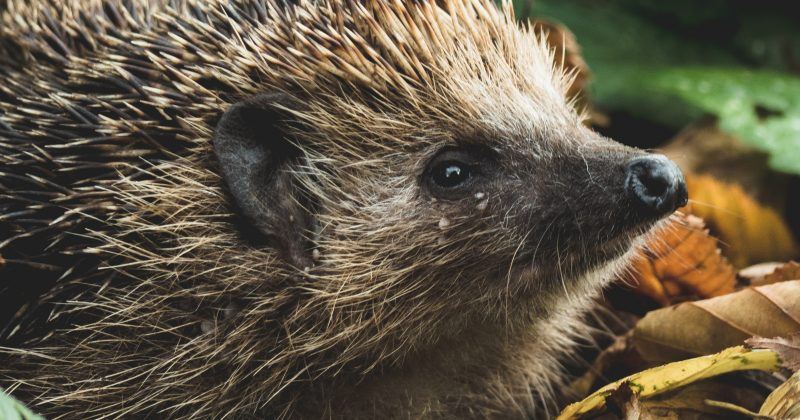
Drinking coffee from a paper cup poses health risks
It's the ultimate treat: a hot drink on a cold winter's morning. But your favourite takeaway coffee could hide dangerous chemicals in its cup.
A research has warned that drinking coffee or tea from a paper cup could lead to ingesting thousands of tiny microplastic particles. Consumed over time, these could pose significant health implications, including higher risks of cancer.
The study, due to be published in the Journal of Hazardous Materials, found that drinking three regular cups of tea or coffee daily in a paper cup could lead to ingesting 75,000 tiny microplastic particles.
These particles can contain ions and toxic heavy metals, such as palladium and could also cross into the animal kingdom, the researchers say.
Alongside health risks, paper cups are also damaging to the environment. They can't be recycled and don't decompose in a landfill, which means the demand for them can only be met through more deforestation.
All this seems to prove paper cups are a double-edged sword and not...





